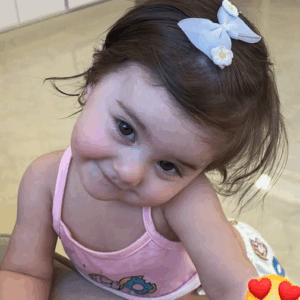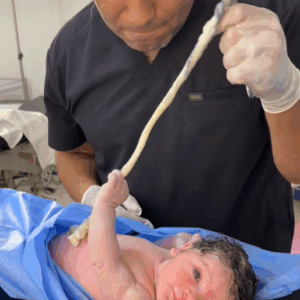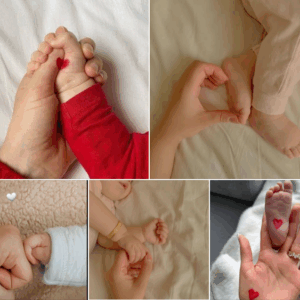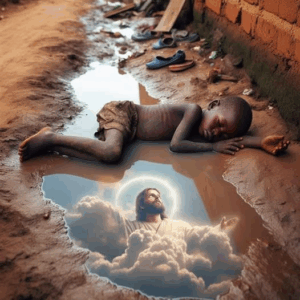
There are moments so steeped in joy that they hum with their own kind of music—laughter, soft voices, the rustling of vibrant cloth, and the delicate hush of a newborn’s breath. In the images above, you are witness to one such song.
A woman, radiant in traditional African attire, cradles her infant in both arms as her loved ones gather close, faces bright with affection and awe. The fabric she wears is no afterthought—it is history woven into thread: bold reds and golds in complex geometric patterns, anchored by a regal gele, the towering headwrap that crowns her not just a mother, but a matriarch.
The baby, swaddled in white, rests peacefully against her chest—too new to the world to know the magnitude of this welcome. Yet the room knows. The family knows. You can feel it.
This is not just a celebration of a birth. It is the celebration of continuity.
Across cultures and centuries, the birth of a child has always drawn people together. In ancient Yoruba tradition, the naming of a child—”Isomoloruko”—was not a solitary act by the parents, but a community rite held on the seventh day after birth. Elders gathered. Prayers were spoken. Names were given not only for identity but for purpose, destiny, ancestry.
Here, in these photographs, that ancestral echo still resonates. The baby might not yet have a name the world knows, but they already belong to something vast. A lineage. A language. A laughter that existed long before they arrived.
The mother’s smile tells the whole story. It is both triumph and serenity. It is the smile of someone who has labored, endured, and emerged bearing a promise.
Her companions—family, friends, perhaps aunties, uncles, siblings—lean in close. Their hands reach out instinctively, touching the soft curve of the baby’s blanket, or her arm, or simply hovering in reverence. Their expressions are pure warmth. They are not merely looking at the baby—they are witnessing legacy made flesh.
In West African societies, the extended family is not a metaphor. It is a living, breathing system. In it, a child is never just the responsibility of two people. Instead, the child is everyone’s hope. The baby may sleep in one home but be raised in the arms of many. Aunties teach songs. Uncles pass on stories. Grandmothers whisper wisdom that isn’t found in any book.
This is what the photo captures. Not simply a private joy, but a public, collective blessing. There is a sense that the child is not just born, but received—with song, with touch, with eyes brimming with stories waiting to be told.
And in that sense, the image is a kind of modern heirloom. A reminder that the rituals of love and kinship endure even in a digital age.
From an anthropological lens, such gatherings serve many roles. They anchor the identity of the newborn. They reaffirm kinship ties among adults. They offer a rare chance for multi-generational transmission of cultural values.
And emotionally? They offer something deeper still: belonging.
The baby won’t remember this moment. But years from now, they may see this image and feel what words cannot say: “I was wanted. I was cherished. I was born into joy.”
The way each person in the frame looks at the child—some with delight, others with gentle pride—is a portrait of hope. Hope for a healthy life. For laughter and love. For success. And perhaps, someday, for this child to grow and pass that same legacy onward.
The world is often described as chaotic, uncertain, harsh.
But in this room, for this moment, the world is soft.
It smells of shea butter and rosewater. It pulses with laughter and lullabies. It is draped in Ankara print and lit with golden lamplight. It contains everything a child might need to begin.
A mother’s arms.
A family’s blessing.
And a story just beginning.






